Archaeology across borders
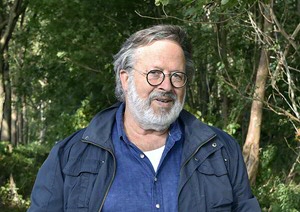
He learnt the Low Saxon dialect himself. After all, he says, if you want to get into contact with farmers who live on the border of the Netherlands and Germany, you won’t get so far with polished Dutch. This typifies Henny Groenendijk, who, as Professor of Archaeology and Society, is not only interested in the earth’s secrets but also looks for connections with the people who live on it.
Text: Annemieke van der Kolk, Communication UG, photos: Elmer Spaargaren and Henny Groenendijk
Disappeared river
When Groenendijk was given the chance to bring the province of Groningen closer to the German Emsland area archaeologically speaking, he did not hesitate. He found the connection in a disappeared 100-metre-wide river that entered the country at Wessingtange in the east of Groningen, unnoticeable to the untrained eye. This is an old branch of the Ems river, explains Groenendijk, while he spreads out a soil map and aerial photo from 1952 across the patio table. Enthusiastically, he points to the lightly coloured kinks: the strands of the disappeared river. ‘If you see this, then you wonder what happened there. Why did the river disappear?’
Maps transcending borders
Groenendijk asked his German colleagues whether they were interested in conducting research together. The lack of soil and geographical maps that crossed national borders was one of the barriers that Groenendijk had to overcome, as well as a different research culture. ‘The Germans have a lot of material knowledge in general, and are extremely thorough researchers. Dutch researchers are more geared towards speed and improvisation. This turned out to be a good combination.’ Groenendijk also considers himself fortunate to be working with the Groningen Institute of Archaeology (GIA). ‘The Institute has always had an eye for rural areas. It has highly valued these areas for a hundred years, despite all of the modernization. That is very exceptional, I think.’
Informative peat
Test drills on a piece of no-man’s-land right next to the state border surprised the research team. ‘It still appeared to contain peat from around the year 1000 CE,’ explains Groenendijk delightedly. ‘This was excavated everywhere, except from in this narrow strip of border land.’ The peat seemed to be almost untouched, and is therefore very informative. An analysis revealed that the valley that was tentatively visible on Groenendijk’s maps was probably carved out by a large rain-fed river: a lowland river more than 100 metres wide. Grain pollen indicates the presence of farmers on the banks at the end of the prehistoric era. ‘We now know that the river began to disappear between the years 700 and 540 BCE.’ Then he laughs: ‘Now, we just need to find out what caused this.’
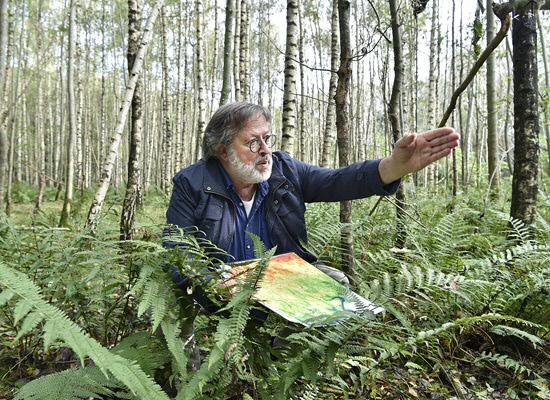
Criticism is welcome
Is archaeology also paid for by tax money? Can you earn your daily bread with such a profession? Groenendijk is no longer phased by such undiluted criticism. As a matter of fact: he likes it, as it is a way to start a conversation. He has also always brought he potential critics of an archaeological project, such as municipal officials or farmers, into contact with his students. This is why he got into contact with Terra, an agricultural vocational education institute. ‘I believe that they are an important partner, as the people who will go onto operate large excavation and agricultural machines are trained there. They will soon decide how far to push their ploughs into the earth, and thus whether to damage archaeological material or not.’
Destroying or fostering heritage
Archaeological sites often lie in agricultural areas, and very often just under the topsoil layer, explains Groenendijk. In sandy soil areas, sites are even located so close to the surface of the ground that even a plough would likely graze them. A farmer could just as well happen to push their plough a little deeper in the earth while working without meaning to, and thus damage any archaeological material underneath. Groenendijk isn’t startled by this but uses it as an opportunity to start a conversation. ‘I try to make it clear that this can actually erase the farmers’ own history. In effect, it’s like destroying an archive. In all reasonableness, we then try to find solutions that won’t disadvantage the farmer. From my experience, you can get quite a long way by being reasonable. The damage often happens due to ignorance.’
Reviving the region
Back to the disappeared Ems. There, Groenendijk is also looking to interact with the villagers and amateur archaeologists. This is why an archaeologist from Sellingen got on his bike to go looking for suitable drilling sites, for example, and why the nearby farmers were asked about their opinions on the project. Above all, Groenendijk wants to correct the ‘hinterland’ status of the region and revive the honour that the area once had as a critical route between Westerwolde and the Emsland area. Westerwolde is a big tourist hotspot, he says. ‘The same applies to the attractive German Emsland area. But the space in between is seen as a boring, agricultural area: a region without any exceptional old history, where the owners of large pig farms are in charge. In the Second World War, penal camps were set up here, which also gave the area a negative image. We think that this culturally poor image deserves to be corrected, on both sides of the border.’
There is always a solution
It’s not only up to Groenendijk. He still needs to talk with many stubborn villagers. ‘I often hear afterwards that the people affected experienced a lot less nuisance from our work than they expected in advance. Their anxiety for unfinished construction projects, for example, often appears unfounded. A lot of myths are going around.’ ‘We always find a solution’, he adds with nuance. Groenendijk folds his maps again and leaves the sunny patio. Back to the Ems.
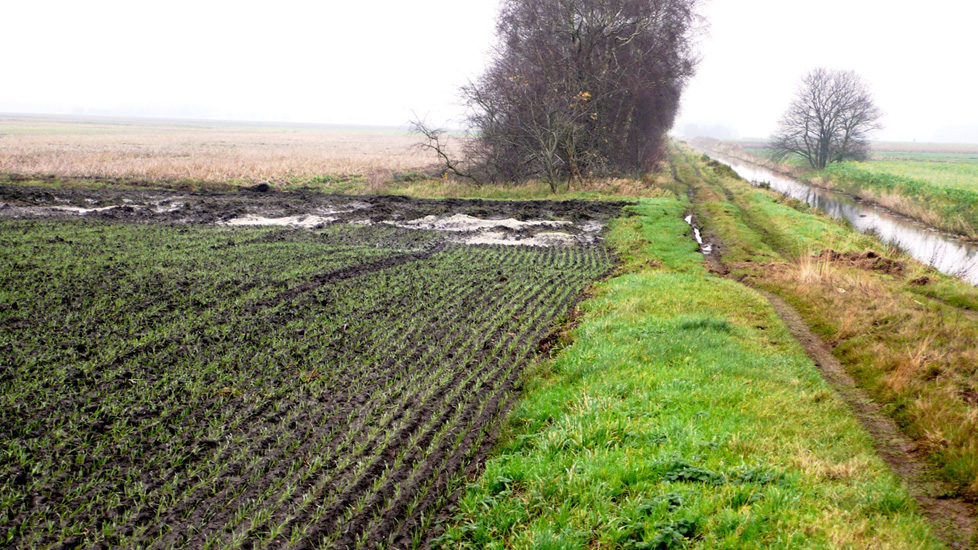
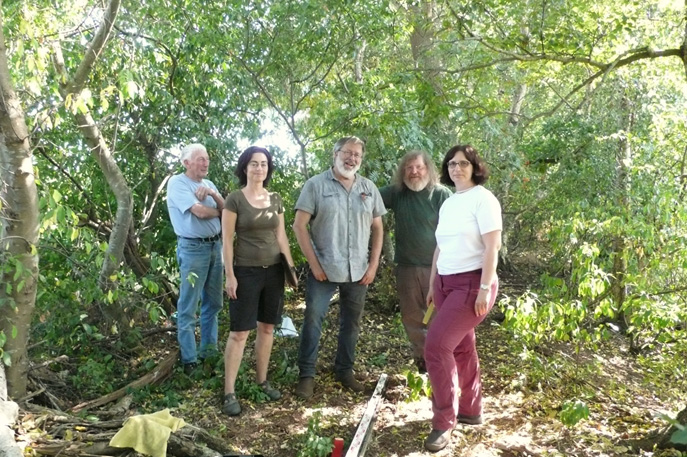
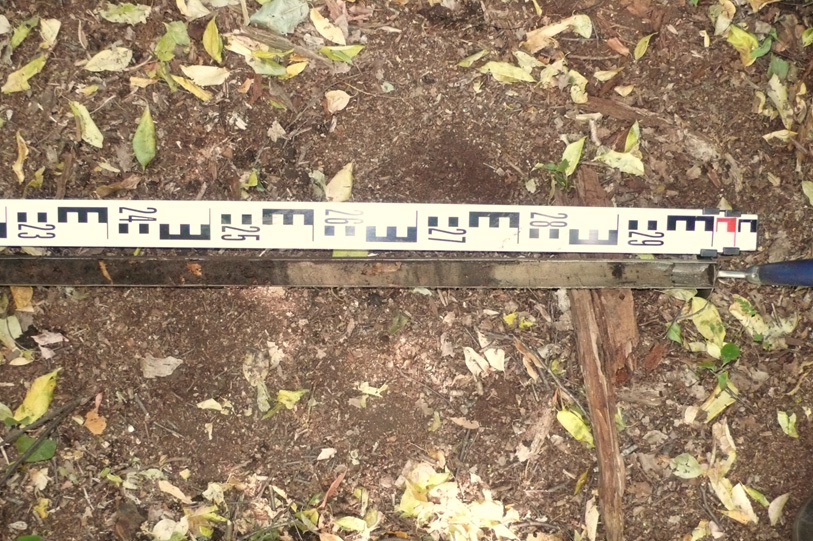
More news
-
13 January 2026
Doing good in complex situations
-
07 January 2026
How music is helping to revive the Gronings dialect
